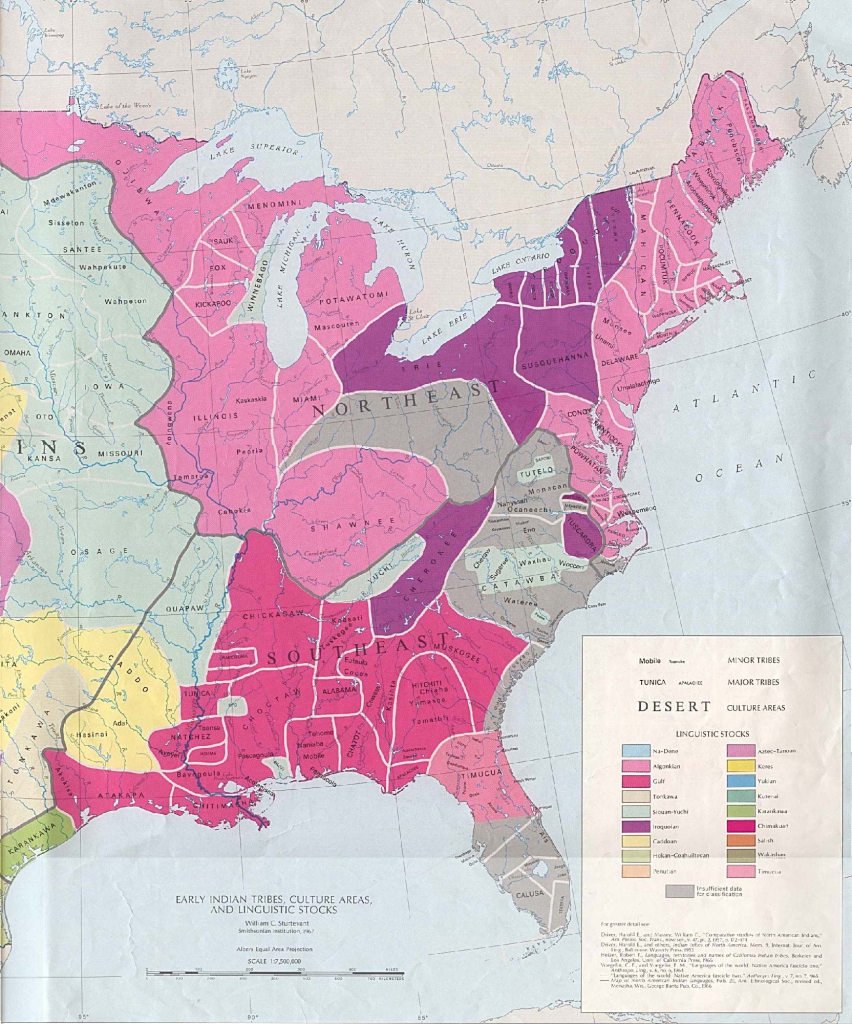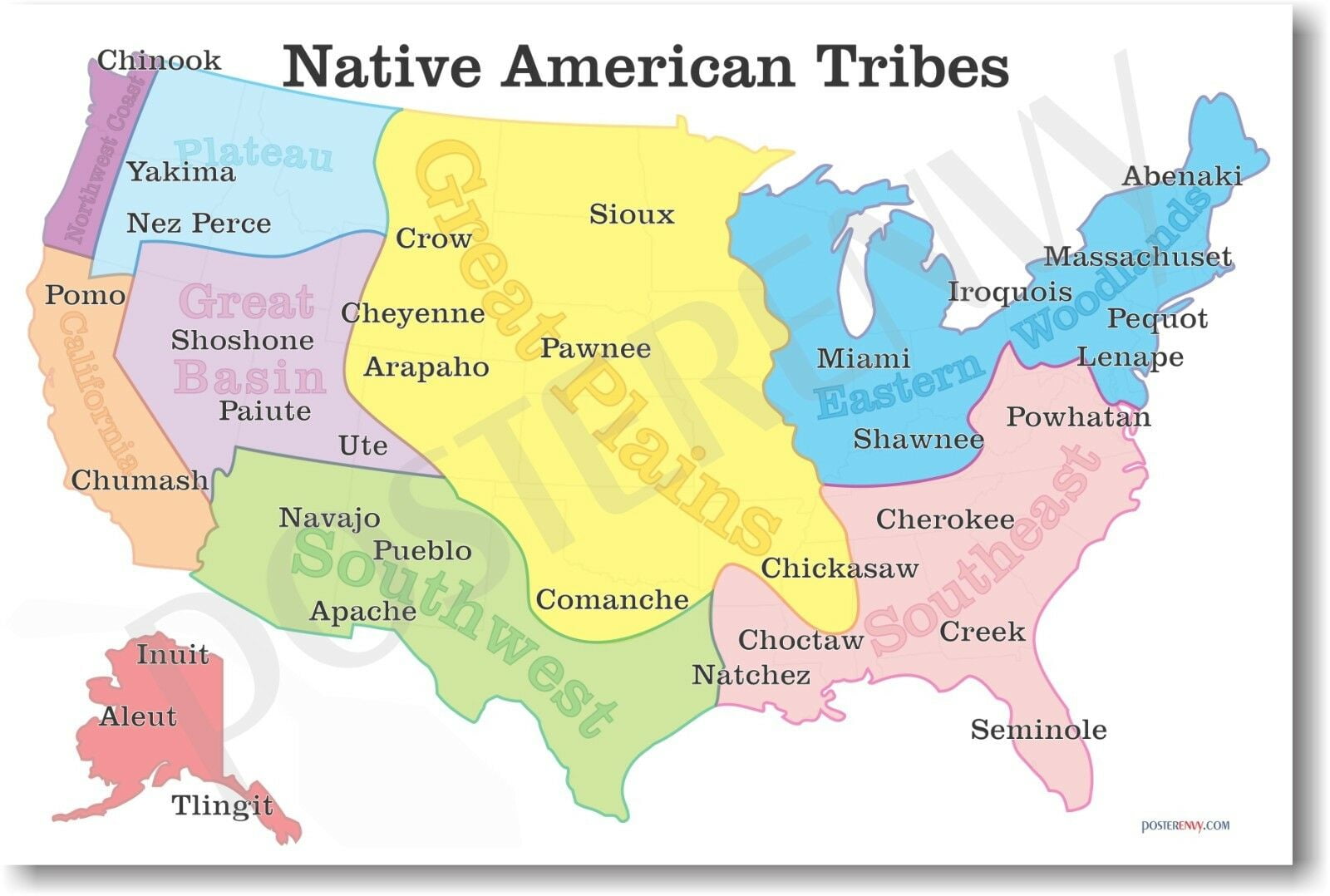Unveiling the Rich Tapestry: How Many Native American Tribes Call the United States Home?
Unveiling the Rich Tapestry: How Many Native American Tribes Call the United States Home?

The United States is a nation built upon a complex and often overlooked history, a history deeply intertwined with the presence of Indigenous peoples. These are the original inhabitants of this land, and their diverse cultures, traditions, and languages have shaped the very fabric of American identity. But how many Native American tribes actually exist within the borders of the United States? The answer, while seemingly straightforward, is surprisingly nuanced.
The Complicated Reality of Tribal Recognition
Related Articles: Unveiling the Rich Tapestry: How Many Native American Tribes Call the United States Home?
- A Nation Within A Nation: Unpacking The Complexities Of Native American Tribal Identity
- Discover the Ultimate MLB Mount Rushmore – Who Makes the Cut?
- Uncover the Primitive Pottery Pioneers: The Earthenware Echelon
- Unveiling the Wisdom: Native American Beliefs That Shape Our World
- Thanksgiving Wikipedia: Origins, Traditions & Historical Significance!
The term "tribe" itself carries a certain weight, often conflated with the concept of "federally recognized" tribes. This distinction is crucial for understanding the true scope of Native American presence in the U.S.
- Federally Recognized Tribes: These tribes are officially acknowledged by the federal government, granting them specific rights and protections under treaties and federal law. This recognition allows them to govern their own affairs, receive federal funding, and operate casinos on tribal lands. As of 2023, there are 574 federally recognized tribes in the United States.
- State-Recognized Tribes: Some states have their own processes for recognizing tribes, granting them certain rights within the state. However, state recognition does not confer the same legal standing as federal recognition. The number of state-recognized tribes varies by state.
- Unrecognized Tribes: There are numerous groups who identify as Native American but lack either federal or state recognition. These groups may have historical ties to a specific territory, but their claims have not been formally acknowledged. The number of unrecognized tribes is difficult to quantify due to the lack of a centralized registry.
Beyond Numbers: Understanding the Diversity of Native American Cultures
While the number of federally recognized tribes provides a tangible framework, it’s essential to recognize that this figure only tells part of the story. The diversity of Native American cultures within the U.S. is astonishing. Each tribe boasts unique languages, traditions, ceremonies, and histories, reflecting their deep connection to the land and their distinct cultural identities.

A Legacy of Resilience and Survival
The history of Native American tribes in the U.S. is one of resilience and survival. They have endured centuries of displacement, forced assimilation, and cultural suppression. Despite these challenges, Native American communities have persevered, maintaining their cultural heritage and fighting for recognition and self-determination.
The Importance of Acknowledging and Respecting Native American Cultures
Understanding the number of Native American tribes in the U.S. is not merely an academic exercise. It is a crucial step towards recognizing the enduring presence and contributions of Indigenous peoples to this nation. It is a call for greater understanding and respect for their cultures, traditions, and rights.
Moving Forward: A Commitment to Truth and Reconciliation

The United States has a complex and often painful history with Native American tribes. The path towards healing and reconciliation requires a commitment to truth-telling, acknowledging past injustices, and honoring the sovereignty of Indigenous nations. This commitment must extend beyond recognizing the number of tribes to embracing the richness and diversity of their cultures and their rightful place in the fabric of American society.
Frequently Asked Questions about Native American Tribes in the U.S.
1. How many Native American tribes are there in the United States?
The number of Native American tribes in the U.S. depends on how you define "tribe." There are 574 federally recognized tribes, but there are also state-recognized and unrecognized tribes, making the total number difficult to determine.
2. Why is it important to recognize the number of Native American tribes?

Recognizing the number of tribes acknowledges their enduring presence and contributions to the U.S. It also highlights the diversity of their cultures and their right to self-determination.
3. What are the challenges faced by Native American tribes?
Native American tribes face many challenges, including poverty, lack of access to healthcare, and discrimination. They also struggle to maintain their cultural traditions and languages in the face of assimilation pressures.
4. What can I do to support Native American tribes?
You can support Native American tribes by learning about their history and cultures, supporting their businesses, and advocating for their rights. You can also donate to organizations that work to improve the lives of Native Americans.
5. What are some resources for learning more about Native American tribes?
There are many resources available for learning more about Native American tribes, including:
- The National Museum of the American Indian: https://www.nmai.si.edu/
- The Native American Rights Fund: https://www.narf.org/
- The National Congress of American Indians: https://www.ncai.org/
By engaging with these resources and actively seeking to understand the history and culture of Native American tribes, we can contribute to a more inclusive and just society that honors the resilience and legacy of Indigenous peoples.
Closure
Thus, we hope this article has provided valuable insights into Unveiling the Rich Tapestry: How Many Native American Tribes Call the United States Home?. We thank you for taking the time to read this article. See you in our next article!